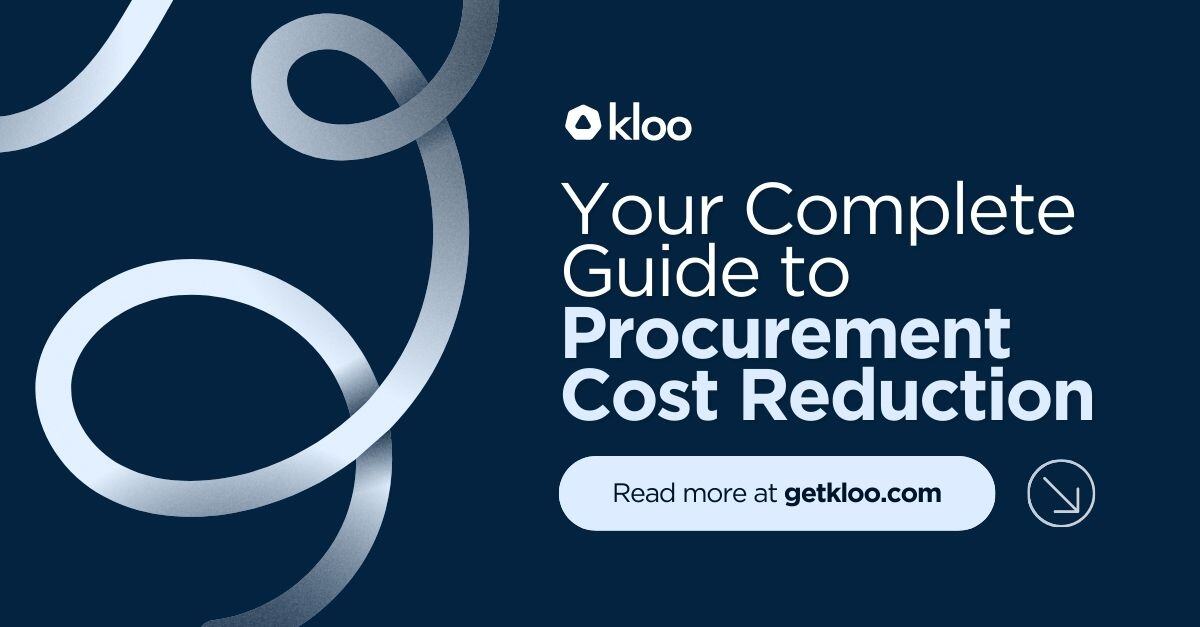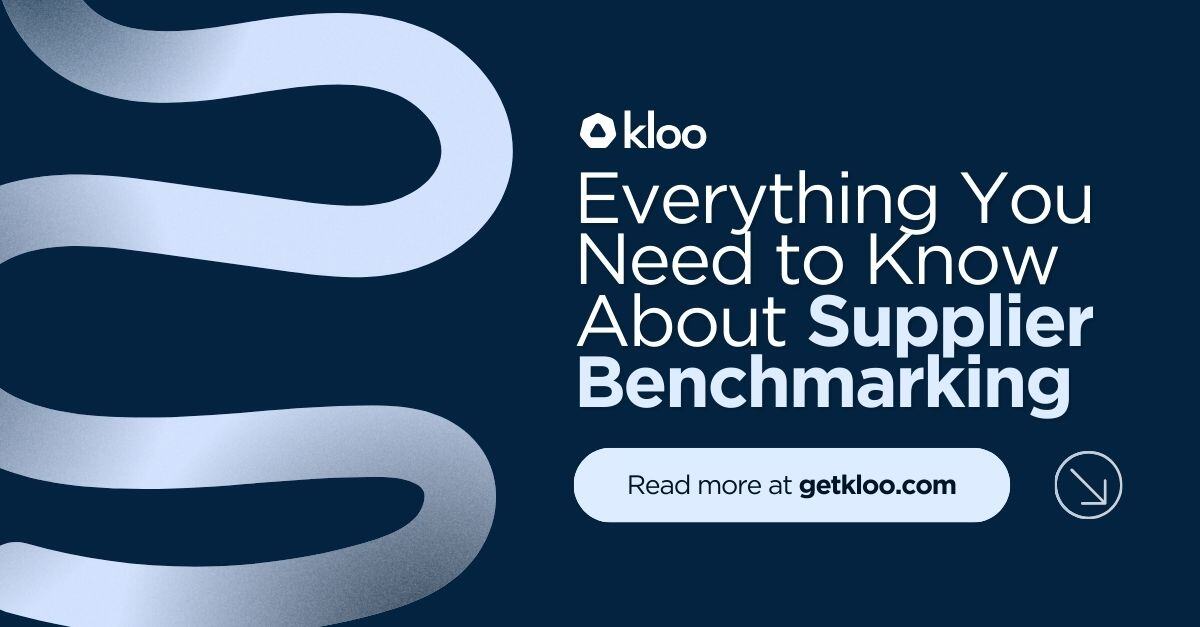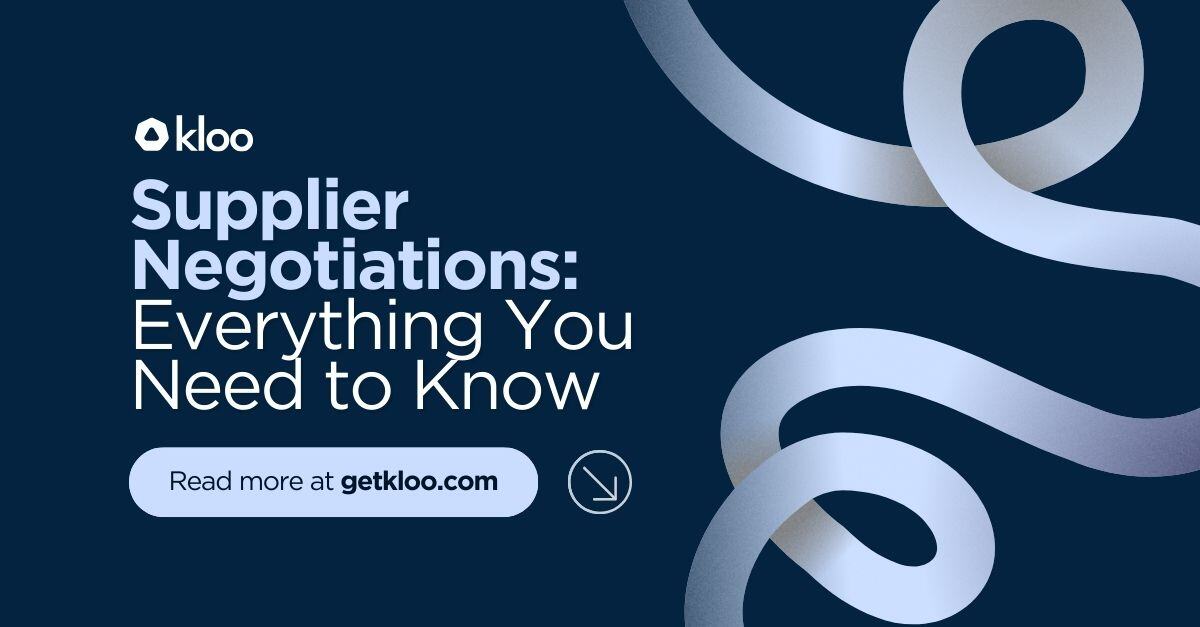
Everything You Need to Know About Supplier Cost Benchmarking

Understanding and optimising your organisation’s spending is crucial for maintaining a competitive edge in the evolving procurement landscape. Supplier cost benchmarking is a powerful tool that involves comparing your spending on products or services against industry standards or competitors. This process helps identify areas for improvement and cost savings, leading to more efficient procurement strategies. This blog post explores the importance of cost benchmarking for spend and procurement management, how it can reduce supplier costs, and the transformative role of AI and automation in streamlining these processes.
What is supplier benchmarking and is it used for?
Cost benchmarking is a process that involves analysing an organisation's spending on products or services to an established standard or to that of competitors. It can help identify areas for improvement and cost savings, which can lead to more efficient procurement strategies. Cost benchmarking can also help organisations in these other ways:
- Predict costs: Provide projected cost outcomes for design solutions by considering market conditions and previous project experience
- Identify inefficiencies: Compare cost performance against competitors in areas like labour costs, operating expenses, and supplier costs
- Test suppliers: Evaluate a potential new supplier's pricing
- Ensure competitiveness: Make sure existing suppliers remain competitive
- Negotiate costs: Find ways to reduce current costs or pricing
- Contract analysis: Analysing contracts or terms with current suppliers to identify any other areas for cost-saving opportunities.
The importance of cost benchmarking in spend management and procurement
Cost benchmarking is crucial in spend management and procurement as it provides a clear picture of how your spending measures up against industry standards or competitors. This comparison is vital for identifying inefficiencies and opportunities for cost reduction. By understanding where your organisation stands, you can make informed decisions that align with your strategic goals, ensuring that you are not overpaying for goods or services. Moreover, benchmarking helps in establishing realistic budgets, improving supplier negotiations, and maintaining a competitive edge.
Conducting a spend analysis, as part of the greater process of spend management, can allow for evaluation of supplier performance based on factors such as delivery times, quality of goods or services, and compliance with contract terms. This comprehensive evaluation helps identify top-performing suppliers and those that may require improvement. By benchmarking supplier performance against industry standards or other suppliers you set clear performance expectations and foster a culture of continuous improvement.
How to reduce supplier costs with cost benchmarking
One of the primary benefits of cost benchmarking is the potential for cost reduction. By analysing spending patterns and comparing them to industry standards, organisations can identify areas where they are overspending. This insight enables them to negotiate better terms with suppliers, consolidate purchases for bulk discounts, and eliminate unnecessary expenses. Regular benchmarking ensures that procurement practices are continuously optimised, leading to sustained cost savings and improved financial performance.
How AI and automation streamline supplier cost benchmarking
Adopting an AI-powered spend management solution can significantly enhance visibility and provide clarity into your cost benchmarking process, therefore ensuring effective spend management processes. Here are a few ways AI automation can streamline supplier cost benchmarking:
- Centralised data management: AI solutions consolidate all your SaaS spend and supplier data in one place. This integration allows for easier extraction and analysis of live contracts, helping identify wasted or expensive licenses that increase your spending unnecessarily.
- Real-time data access: Ensure that all spending data is updated in real-time, providing immediate insights into current expenditures and offer the opportunity for users to query their data for an immediate look into their payables at a glance.
- Spend categorisation: AI spend management systems make it easier to classify spend data into specific categories to identify patterns and areas for potential savings.
- Dashboard visualisations: Intuitive dashboards provided by these AI-driven systems visually represent spend data in a clear, cohesive and user-friendly way, making it easier to spot trends and anomalies in your spend data.
- Contract tracking and analysis: AI helps track contract renewals across each of your vendors, providing clarity on monthly expenditures and ensuring timely payment deadlines to avoid unnecessary costs.
- Intelligent insights: AI provides detailed spend analytics, offering cost breakdowns per supplier and smart recommendations for pricing strategies. These insights enable more effective supplier negotiation and cost control.
In conclusion, leveraging AI and automation in supplier cost benchmarking not only simplifies the process but also provides actionable insights that drive cost reduction and enhance overall procurement efficiency.
Kloo's supplier cost benchmarking
Kloo's latest function of the Purchasing Copilot module includes supplier cost benchmarking reports to help you save on annual costs that you are paying to your suppliers. Here is how we used it to assist one of our customers:
Case study: Kloo's supplier cost benchmarking for HubSpot
We recently assisted a customer with their supplier cost management by providing comprehensive cost benchmarks for their HubSpot contract across our database of average spend across other companies paying for the similar contact. This customer was about to auto-renew their contract and discovered, through our insights, that they were incurring the highest costs compared to others. With Kloo's detailed supplier cost benchmarking insights, the customer identified key areas to negotiate their HubSpot costs more effectively. As a result, they were able to renegotiate terms and achieve substantial savings before committing to any spend on the contract's auto-renewal.
What Kloo can provide for you
- Get access to your company's bespoke benchmarking data in the form of digestible, actionable reports that pinpoint all your spend across each of your suppliers.
- Gain insights into how your supplier costs compare across our database of average costs incurred across similar companies, providing you with insight into the average prices paid for each supplier and ensuring you never overpay.
- Leverage these insights to negotiate better terms and optimise price agreements with your suppliers and reduce costs.

The bottom line
Supplier cost benchmarking is an indispensable practice for any organisation aiming to enhance procurement efficiency and achieve significant cost reduction. By systematically comparing spending patterns against industry standards, businesses can uncover inefficiencies, negotiate better supplier terms, and make informed decisions that align with their strategic goals. Leveraging AI and automation further enhances this process, providing real-time insights and intelligent recommendations that drive effective best practice for spend management. Embracing these practices ensures not only sustained financial performance but also a robust, competitive procurement strategy.
Spend smarter and save on costs with Kloo. To learn more, visit our Purchasing Copilot page.
Let's get started


